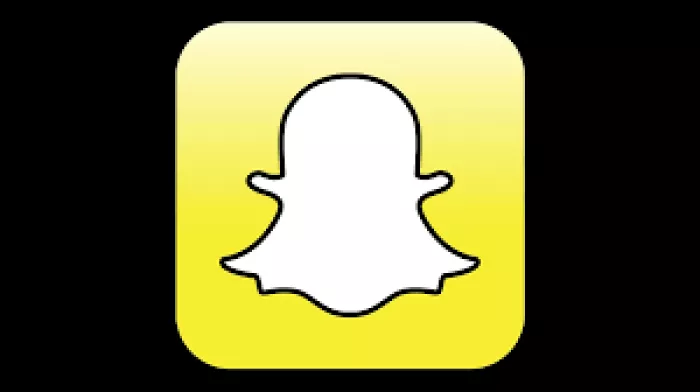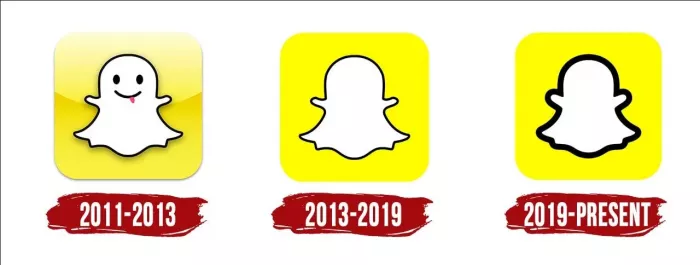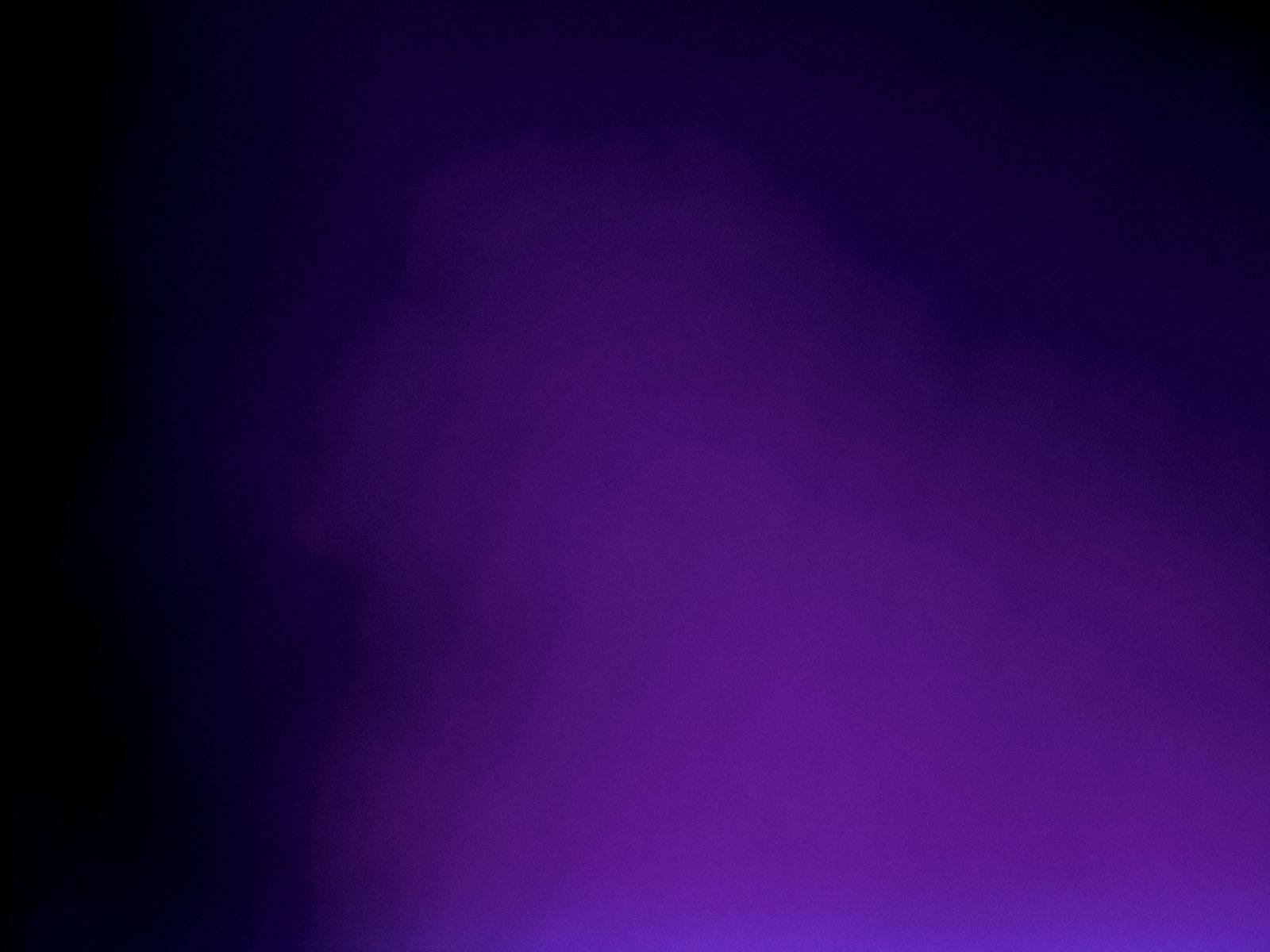
The ancient Snapchat logo, a cheerful ghost floating on a vibrant yellow square, remains one of the most recognizable symbols in social media’s history. Designed not by a marketing agency but by Snapchat co-founder Evan Spiegel in a single evening, this logo instantly communicated the app’s playful, ephemeral essence. Far more than a “cute doodle,” it captured the spirit of disappearing messages and a new approach to private, instant communication.

Origins and Symbolism
Snapchat’s original identity as “Picaboo” inspired the ghost logo. Its debut in July 2011 signified the app’s promise: messages vanish after opening, just like a ghost appearing and disappearing.
The ghost, affectionately named “Ghostface Chillah” (a nod to Wu-Tang Clan’s Ghostface Killah), reflects both anonymity and irreverence, blending pop culture and technology in a way that resonated with its youthful user base.
Designer: Evan Spiegel
Logo Nickname: Ghostface Chillah
Main Colors: Yellow (energy, positivity), White (innocence), Black outlines (contrast)
Symbolises: Ephemeral content, playfulness, anonymity
Design Features and Variations

2011–2013: Playful Debut
- Grinning ghost with tongue sticking out, outlined in black
- Bright yellow backdrop to stand out from blue-toned tech logos
- No app name included—recognition built on imagery alone
2013–2019: Simpler Form
- Facial features were removed for a minimalist silhouette, marking a shift as the app scaled globally
- Continued use of the distinctive yellow square
Variants
- Occasional region or holiday adaptations (animated ghosts, dotted outlines)
- Some versions included holding a snapshot (Picaboo era)
Cultural Context and Origins
Snapchat’s choice of a ghost was unusual for tech branding. Most competitors favored abstract, camera, or letter-based logos.
The “Ghostface Chillah” moniker is a direct reference to the Wu-Tang Clan, embedding hip hop’s influence in youth culture and digital branding.
The ghost icon represents:
- Privacy and anonymity (users can share without a permanent record)
- Playfulness (the tongue out; aligned with casual, fun exchanges)
- The fleeting nature of social interaction, what’s shared disappears quickly
Symbolism of Color and Shape
- Yellow: Uncommonly bold choice for tech, symbolizes energy and excitement
- White Ghost: Represents innocence and the “seen and unseen”—messages visible only briefly
- Black Outline: Provides visibility and contrast, crucial for digital icons
Branding Impact
- Snapchat’s ancient logo disrupted norms, showing that playful, unconventional visuals could succeed:
- Delivered instant emotional cues about app purpose (“snaps vanish like ghosts”)
- Became a cultural icon among Millennials and Gen Z
- Early criticism for being too “childish,” yet its appeal set a benchmark for app branding
Evolution and Legacy
The logo’s change from a detailed ghost with a face to a blank silhouette matched Snapchat’s transition to a platform hosting more diverse content and users.
The old logo is now regarded as nostalgia for digital natives—the days when messaging felt more private and anarchic.
The Ghost’s Enduring Influence
Today, the ancient Snapchat logo stands as an example of how strong symbolism and bold choices can forge memorable brands. It reflects:
The intersection of music, youth culture, and technology
How “ephemeral” communication shaped social media
Why quirky, character-driven logos can outlast more corporate designs
Snapchat’s ghost—playful, mysterious, and instantly recognizable—remains a landmark in digital branding.




Comments